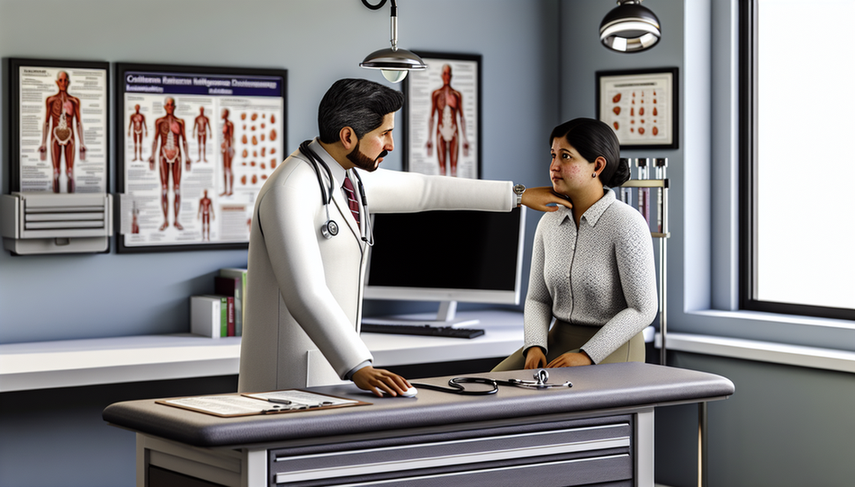Lymphoma vs. Tuberculosis: Identifying the Cause of Persistent Swollen Lymph Nodes and the Role of Biopsy in Diagnosing Acid-Fast Bacilli

The identification of the cause of persistent swollen lymph nodes is a common clinical challenge that can have significant implications for patient management. Among the most frequent causes of inflamed lymph nodes are lymphoma and tuberculosis. Distinguishing between these two conditions is crucial, as each requires a different therapeutic approach.
Diving into Differential Diagnosis
The use of imaging techniques such as multidetector computed tomography (MDCT) has proven useful in differentiating between lymphoma and lymph node tuberculosis. The enhancement patterns and anatomical distribution of the lymph nodes can provide valuable clues. For instance, peripheral enhancement is more common in tuberculosis, while homogeneous enhancement is more frequently observed in lymphoma.
Additionally, measuring adenosine deaminase (ADA) levels in serum can be a useful, albeit not definitive, indicator to distinguish between tuberculous and non-tuberculous lymphadenopathies. However, it is important to note that elevated ADA levels can also be found in other conditions, such as lymphoma and sarcoidosis.
Biopsy remains the gold standard for definitive diagnosis. In pediatric cases, tuberculosis is a common cause of persistent lymphadenopathy, followed by lymphoma, as observed in studies conducted on lymph node biopsies in children.
Conclusions
Differentiating between lymphoma and lymph node tuberculosis is essential for the appropriate management of patients with persistent lymphadenopathy. The use of advanced imaging techniques, specific laboratory tests, and confirmation through biopsy are fundamental tools in this process. Understanding the distinctive clinical and radiological characteristics of each condition can guide physicians in making informed diagnostic and therapeutic decisions.
Referencias
- [1] Differentiating between abdominal tuberculous lymphadenopathy and lymphoma using multidetector computed tomography (MDCT).
- [2] Value of Serum Adenosine Deaminase (ADA) in Distinguishing between Tuberculous and Non-tuberculous Lymphadenopathies.
- [3] Etiological Spectrum of Lymphadenopathy Among Children on Lymph Node Biopsy.
Created 6/1/2025
